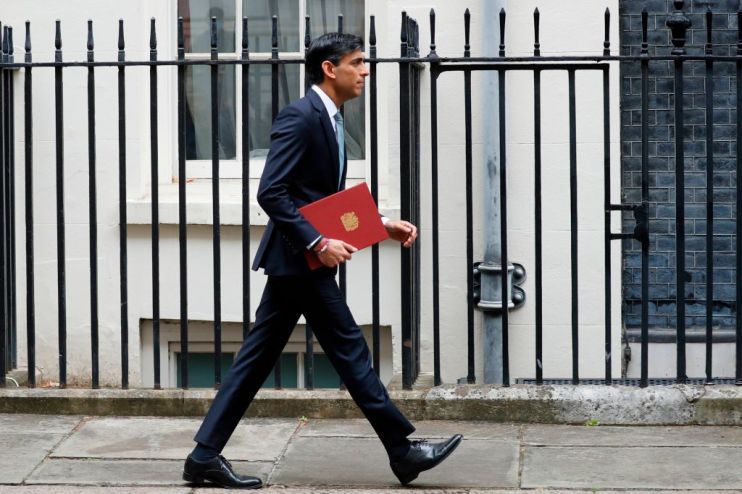VAT rate cut: implementation for businesses will be more complicated than it appears

The Chancellor’s announcement is a welcome and targeted measure for the hospitality and leisure sector which has been impacted by COVID-19 and this VAT reduction from 20% to 5% is designed to help stimulate spending.
Prior to the announcement, there had been speculation that there would be a general rate cut – which we have recently seen in an increasing number of countries. Given the limited impact the last cut to the VAT rate had in 2008, and that, under the terms of the withdrawal agreement with the EU, the maximum reduction would have been to 15%, it is not surprising that the Chancellor has restricted the measure. It does not of course rule out a further cut in the future if consumer spending needs further stimulus.

Although this is a targeted response, implementation will be more complicated than it appears. There is a body of case law around when is food not food but catering, and already there is confusion among retail outlets over the categorisation of certain product offerings that contain both hot food and alcohol, for example the pie and a pint offer. The reduction in VAT will not apply to any alcoholic beverage, so outlets offering alcohol and food combinations will need to carry out product reviews immediately to be ready in time for next Wednesday.
Read more: Tax less, spend more – assessing the Chancellor’s Summer Statement
Other businesses may be unwittingly caught by this – shops that have a restaurant; hospitals that provide catering and all businesses will need to determine if both purchases and supplies fall within the new reduced rate or not.
Webcast, 14 July: Practical impacts of the VAT change for businesses
Based on experiences in 2008, the impact to business is much more than a simple change of rate in accounting systems. This will cut across the whole end-to-end VAT reporting cycle, processes, systems and data that businesses, however large or small, must adhere to. There will be many operational questions including how to treat pre-payments for accommodation and supplies that apply to the rate change.